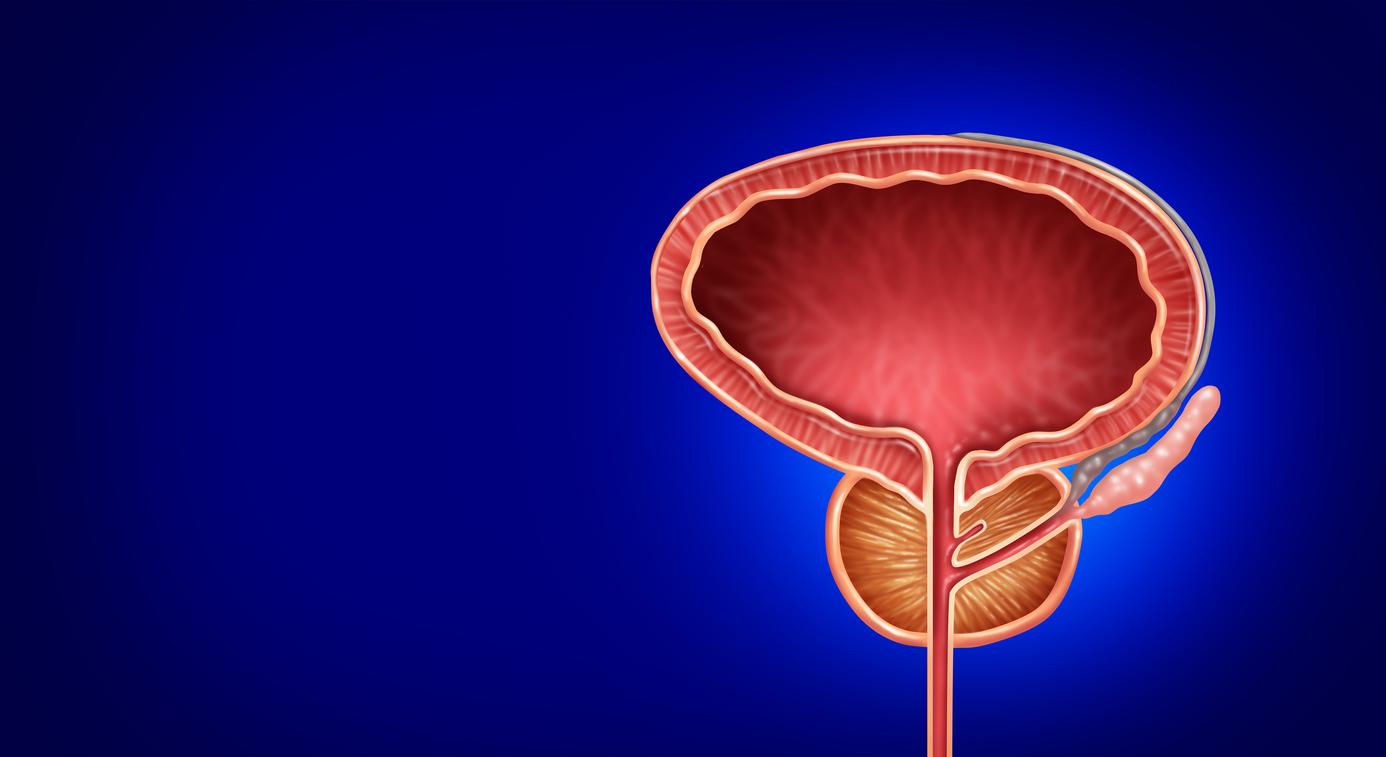Prostate prostate cancer has just been recognized as an occupational disease in the event of exposure to chlordecone. What are the diseases associated with this pesticide used for decades in the French West Indies?

- A decree published in the Official Journal officially recognizes prostate cancer as an occupational disease linked to exposure to chlordecone.
- Classified as a probable carcinogen by the WHO in 1979, this pesticide continued to be used in the French West Indies to control the weevil.
- Since then, many studies have documented its effects on the psychomotor development of infants, its impact on female and male fertility, and its link with various hormone-dependent cancers.
The decision was eagerly awaited in Guadeloupe and Martinique, where the mobilization against chlordecone is not weakening. Wednesday, December 22, a decree published in Official newspaper finally recognizes prostate cancer linked to exposure to chlordecone as an occupational disease.
A pesticide classified as a probable carcinogen in 1979 by the World Health Organization (WHO), chlordecone was banned in the United States in 1977 and in mainland France in 1990. In Martinique and Guadeloupe, chlordecone continued to be used, however. be used in banana plantations to control the banana weevil under a government derogation. It was not until 1999 that the health scandal around its use broke out, when a campaign by the Department of Health and Social Development showed that the soils have been contaminated for centuries, just like the rivers, the sea coast, livestock, poultry, fish, shellfish and vegetables.
According to a 2018 survey by Public Health France, almost all Guadeloupeans (95%) and Martiniquais (92%) are contaminated with chlordecone, causing the development of various disorders and diseases. Thus, among West Indian populations, the incidence rate of prostate cancer is one of the highest in the world, with 600 new cases per year.
Many cases of cancer
Because chlordecone is not only associated with prostate cancer. Highly exposed to chlordecone, the islands of Guadeloupe and Martinique also have high incidence rates for other tumours. Studies have documented the action of chlordecone on estrogen receptors, which promotes the development of hormone-dependent cancers, notes theMartinique ARS.
Martinique thus displays higher incidence rates than mainland France for four tumor locations: prostate, cervix, stomach and multiple myeloma, for which a study by the Institute for Public Health Surveillance (INVS) highlighted in 2011 an association between the risk of this bone marrow cancer and living in an area heavily polluted by the pesticide.
Impact on pregnancy and child health
Classified as an endocrine disruptor, chlordecone is also suspected of being the cause of severe neurological disorders, causing motor, mood, speech and immediate memory disorders, as well as anarchic movements of the eyeballs.
According to the Chlordecone Plan, this pesticide interferes with the functioning of the hormonal system and can cause effects on pregnancy and the development of young children. Thereby, a study called “TIMOUN” conducted in Guadeloupe between 2004 and 2007 among 1,068 pregnant women showed that the higher the chlordecone content in the blood, the shorter the duration of pregnancy and the greater the risk of premature delivery.
This study also looked at the psychomotor development of infants exposed to chlordecone. The latter manages to cross the placental barrier, which means that children are exposed to the pesticide from the earliest stages of their development. 150 children were followed at 7 and 18 months to assess the impact of exposure to chlordecone on their development. The main effect before 18 months was elevated levels of thyroid hormone in the blood, which is an indicator of short-term visual memory and on motor skills fine. At 18 months, only fine motor development in boys was still impacted.
In contrast, exposure to chlordecone appears to have had a limited impact on male fertility. A cross-sectional study conducted in Guadeloupe between 1999 and 2001 found no association between plasma concentrations of chlordecone and sperm parameters (seminal volume, number, motility and morphology of spermatozoa) as well as with the time required to conceive a child. . Work carried out on mice, however, contradicts these data, showing thatexposure to chlordecone has transgenerational effects on sperm production.

















